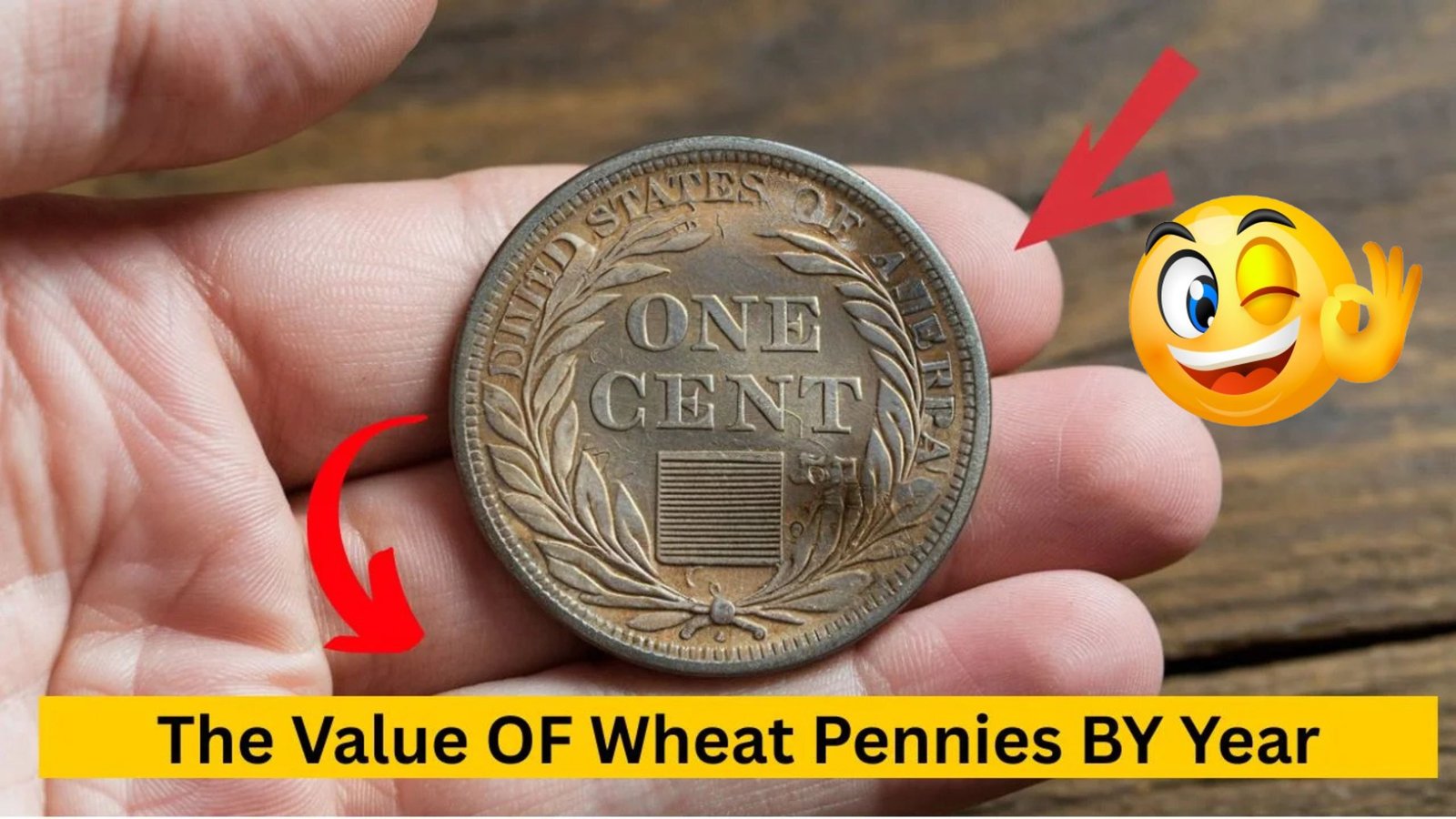The Value of Wheat Pennies by Year : Wheat pennies are among the most widely collected coins in the United States. Produced between 1909 and 1958, these coins carry both historical and monetary significance. While many are common and worth only a few cents, certain years and conditions make them prized treasures in the numismatic world. This guide explains the meaning of each key aspect of wheat pennies and why they matter to collectors.
The Origins of the Wheat Penny
This heading refers to the beginning of the wheat penny series. The coin was first introduced in 1909 to honor Abraham Lincoln’s 100th birthday. Designed by Victor David Brenner, it marked the first time a real person appeared on a U.S. coin. The reverse design featured two wheat stalks, which gave the penny its nickname. This simple but symbolic design stayed in use until 1958, making the wheat penny one of the most recognizable coins in American history.
$1,702 Stimulus Payment For Everyone – August 2025 Full Payment Schedule
Key Years That Defined Value
This section explains how certain years stand out among wheat pennies. For example, the very first 1909 pennies are special, particularly those with Brenner’s initials “VDB” on the reverse. Another highly collectible year is 1914, especially the Denver-minted “1914-D.” The famous 1943 steel cent, created during World War II due to copper shortages, also adds uniqueness to the series. Each of these years tells a story about American history and makes those coins more desirable to collectors.
How Condition Impacts Worth
This heading highlights why the state of preservation matters. A coin’s condition, also known as its grade, can dramatically increase its value. A worn wheat penny might only fetch a few cents, even from a rare year. But if that same coin is in mint condition, with sharp details and original shine, its price could rise into the hundreds or even thousands of dollars. Collectors and grading services look closely at these details when assigning value.
The Influence of Mint Marks
This part explains how mint marks affect collectibility. Wheat pennies were produced at different U.S. Mints: Philadelphia (no mint mark), Denver (D), and San Francisco (S). Some combinations of year and mint mark are extremely scarce, such as the 1909-S VDB or the 1914-D. These coins are considered “key dates” because they are rare and highly sought after. A small letter beneath the date can mean the difference between a common penny and a highly valuable one.
The Ongoing Appeal of Wheat Pennies
This section focuses on why wheat pennies remain popular today. Many people still find them in circulation, inherited jars, or old coin collections. For some, wheat pennies bring back memories of childhood, while for others, they represent a gateway into serious coin collecting. Their blend of history, rarity, and accessibility makes them appealing to both casual hobbyists and dedicated numismatists.
Building a Collector’s Guide
This heading refers to the process of organizing knowledge about wheat pennies. Collectors often study charts and guides that list values by year and condition. These resources help identify rare coins and set realistic expectations about worth. However, collecting is not just about money—it is also about appreciating history and craftsmanship. A complete wheat penny collection tells the story of nearly half a century of American life, from the Progressive Era to the postwar boom.
Frequently Asked Questions (The Value of Wheat Pennies by Year)
Q1: What years of wheat pennies are the most valuable?
The most valuable wheat pennies include the 1909-S VDB, the 1914-D, and rare 1943 copper pennies. These coins can be worth hundreds to thousands of dollars depending on condition.
Q2: Are all wheat pennies worth more than a cent?
Not necessarily. Many wheat pennies from common years and in poor condition are only worth one to five cents. Rarity and preservation determine whether a coin has extra value.
Q3: How can I tell what my wheat penny is worth?
Check the date, mint mark, and condition. Using a coin value guide or having it graded by a professional service can help you determine an accurate price.
Q4: What is a “steel penny,” and why is it special?
In 1943, the U.S. Mint made pennies out of steel coated with zinc instead of copper, because copper was needed for World War II. These steel cents are unique and popular with collectors.
Q5: Should I clean my wheat pennies before selling them?
No. Cleaning a coin can damage its surface and greatly reduce its value. Collectors prefer coins in their original, unaltered condition.




